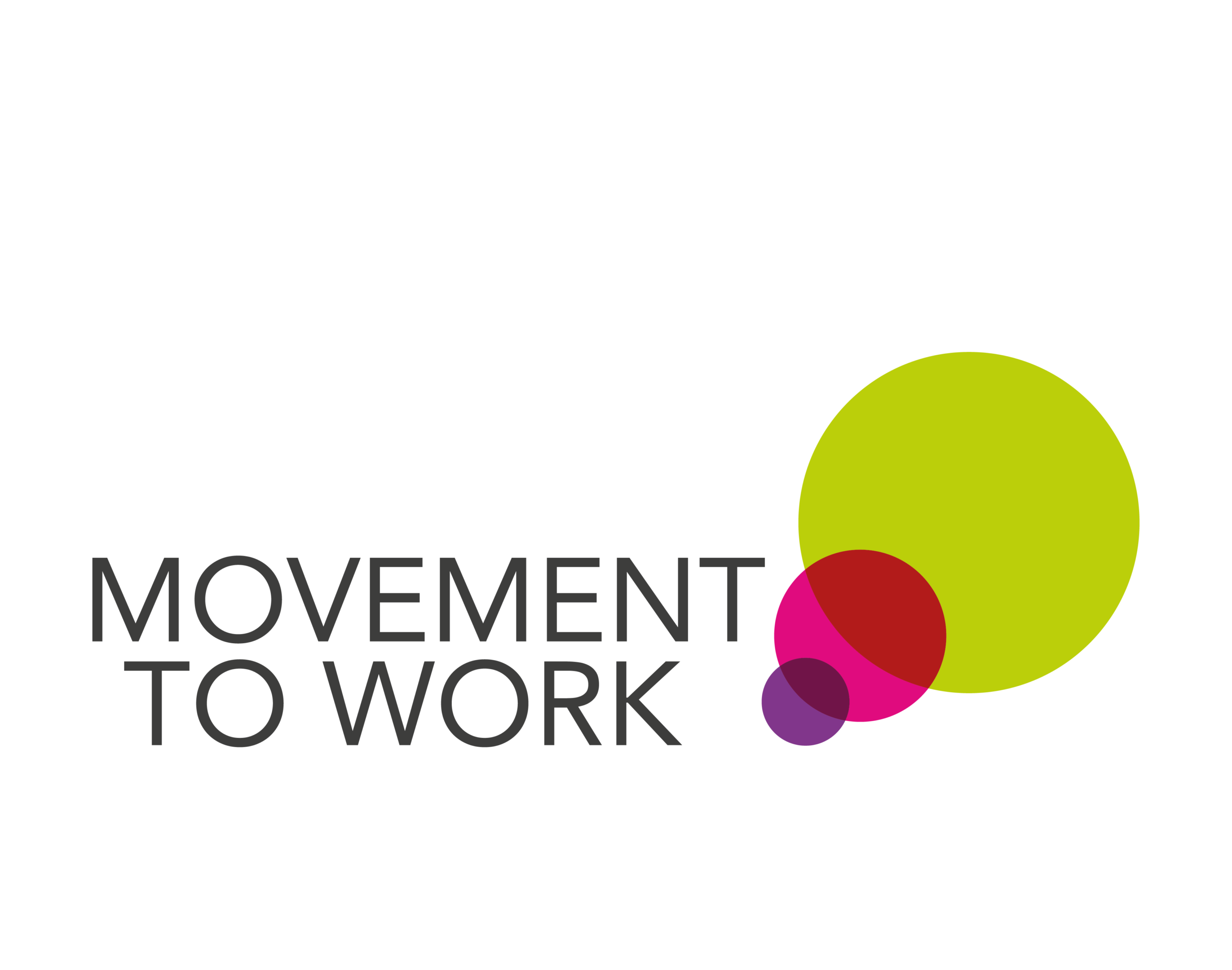The report focuses on the evolution of apprenticeships, reflecting on the changing nature of the demographics of their use over the last five years.
The number and composition of apprenticeships has changed considerably since 2017. There was a dramatic decline in numbers between 2017 and 2018, after the introduction of the Apprenticeship Levy and further decline during the pandemic.
Numbers have not yet recovered to pre-pandemic levels. Level 2 apprenticeships have dropped the most, with a rise in the number and share of apprenticeships at higher and degree level.
Degree Apprenticeships have disproportionately benefited prosperous areas, with fewer degree apprentices having had eligibility for free school meals than those attending university.
In addition, those over the age of 25 accounts for the vast majority of those undertaking Higher Apprenticeships and over half of those undertaking Degree Apprenticeships.
Males are more dominant among younger groups (around 60%), with this being reversed for those over the age of 25.
While the prosperity gap is most notable at the highest-level apprenticeships, there was a decline of up to 2% in poorer background individuals within each level. For apprenticeships beginning in 2017 achievement rates are usually between 63% and 71%, but lower for older apprentices. Rates of non-achievement and dropout are of concern.
Key Point Raised: Higher-level apprenticeships are benefitting primarily prosperous and older people, taken these higher apprenticeships are failing to reduce socio-economic inequality or improve social mobility.
Read the report here.
